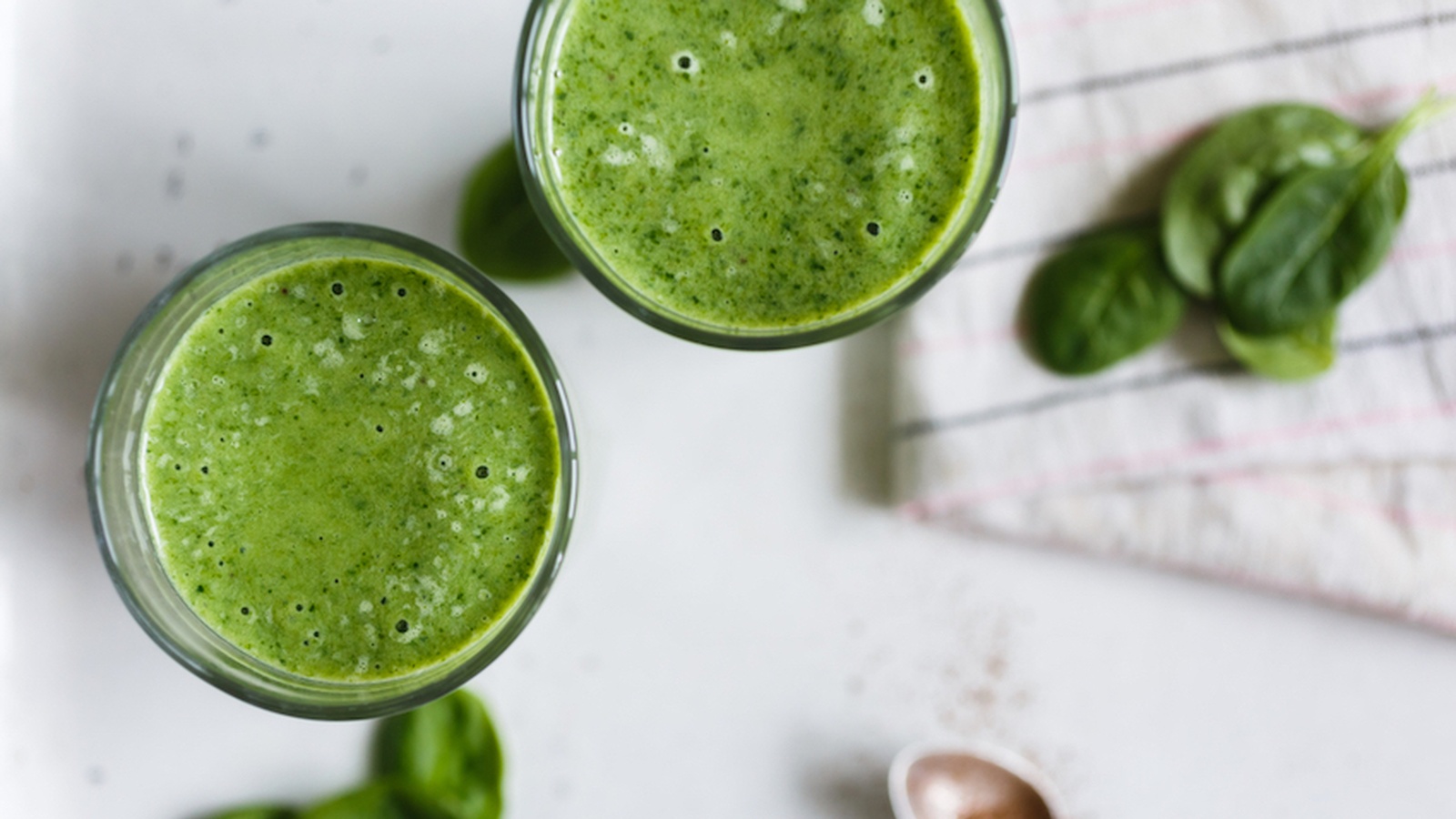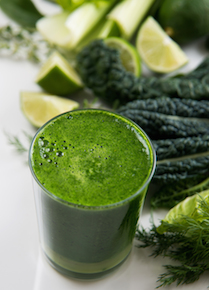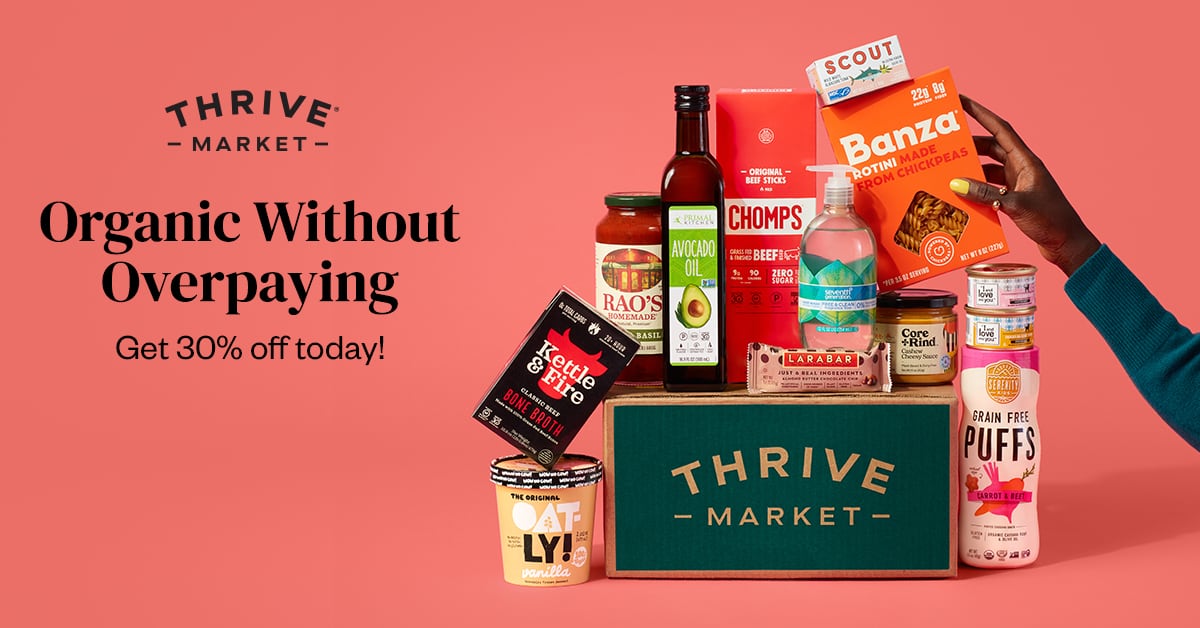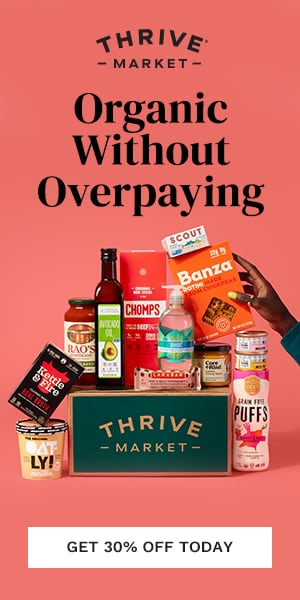Juicing vs. Blending: Which One Is Better?
This is a question that we get asked all the time. Which is better: juicing or blending? Does one offer more health benefits than the other? Juices and smoothies both play an important role in any wellness program and we discuss the benefits of each in both of our films, Food Matters and Hungry For Change. We believe that both juicing and blending are very beneficial but in different ways.
Here is a short comparison that explains the differences between the two as well as some of the specific benefits of each.
What’s The Difference?
Juicing
Juicing is a process that extracts water and nutrients from produce and discards the indigestible fiber. Without all the fiber, your digestive system doesn’t have to work as hard to break down the food and absorb the nutrients. In fact, it makes the nutrients more readily available to the body in much larger quantities than if you were to eat the fruits and vegetables whole.
This is especially helpful if you have a sensitive digestive system or illness that inhibits your body from processing fiber. The fiber in produce helps slow down the digestive process and provides a steady release of nutrients into the bloodstream. Jason Vale calls juicing "A nutrient express!"
Freshly squeezed vegetable juices form part of most healing and detoxification programs because they are so nutrient-rich and nourish and restore the body at a cellular level.
A word of caution: When you remove the fiber from the produce, the liquid juice is absorbed into your bloodstream quickly. If you are only juicing fruits, this would cause a rapid spike in blood sugar and unstable blood sugar levels can lead to mood swings, energy loss, memory problems, and more!
Fiber is also filling and without fiber in the juice, some people tend to get hungry again quickly. You can discover more about how to detox effectively and sustainably with the Food Matters Juice Detox Program.
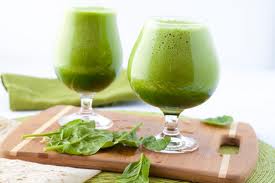
Blending
Unlike juices, smoothies consist of the entire fruit or vegetable, skin and all, and contain all of the fiber from the vegetables. However, the blending process breaks the fiber apart (which makes the fruit and vegetables easier to digest ) but also helps create a slow, even release of nutrients into the bloodstream and avoids blood sugar spikes. Smoothies tend to be more filling, because of the fiber, and generally faster to make than juice, so they can be great to drink first thing in the morning as your breakfast, or for snacks throughout the day.
By including the fiber in your smoothie, the volume will increase. Also, you can pack more servings of fruits and veggies into a single serving of juice than you can into a smoothie. We love using both the Nutribullet and Vitamix for the smoothest of smoothies.
Juicing & Blending Rules
1. It’s best not to combine fruits and vegetables (unless it’s an apple). This can affect how well your digestive enzymes function. This doesn’t seem to matter too much in green juices and smoothies, but vegetables like carrots, beetroots, broccoli, and zucchini don’t combine well with fruit due to their high starch content. In his book Food Combining Made Easy, Dr. Herbert Shelton explains that starchy foods have to be eaten alone because starches are digested with enzymes different from those used for any other food group. Combining starchy foods with fruit may cause fermentation and gas. However, Dr. Shelton found that green leafy veggies combine well with pretty much everything.
2. Try to drink your juice or smoothie straight away. After 15 minutes, light and air will destroy much of the nutrients. If you can’t drink it straight away, transfer it to a dark airtight container until you’re ready.
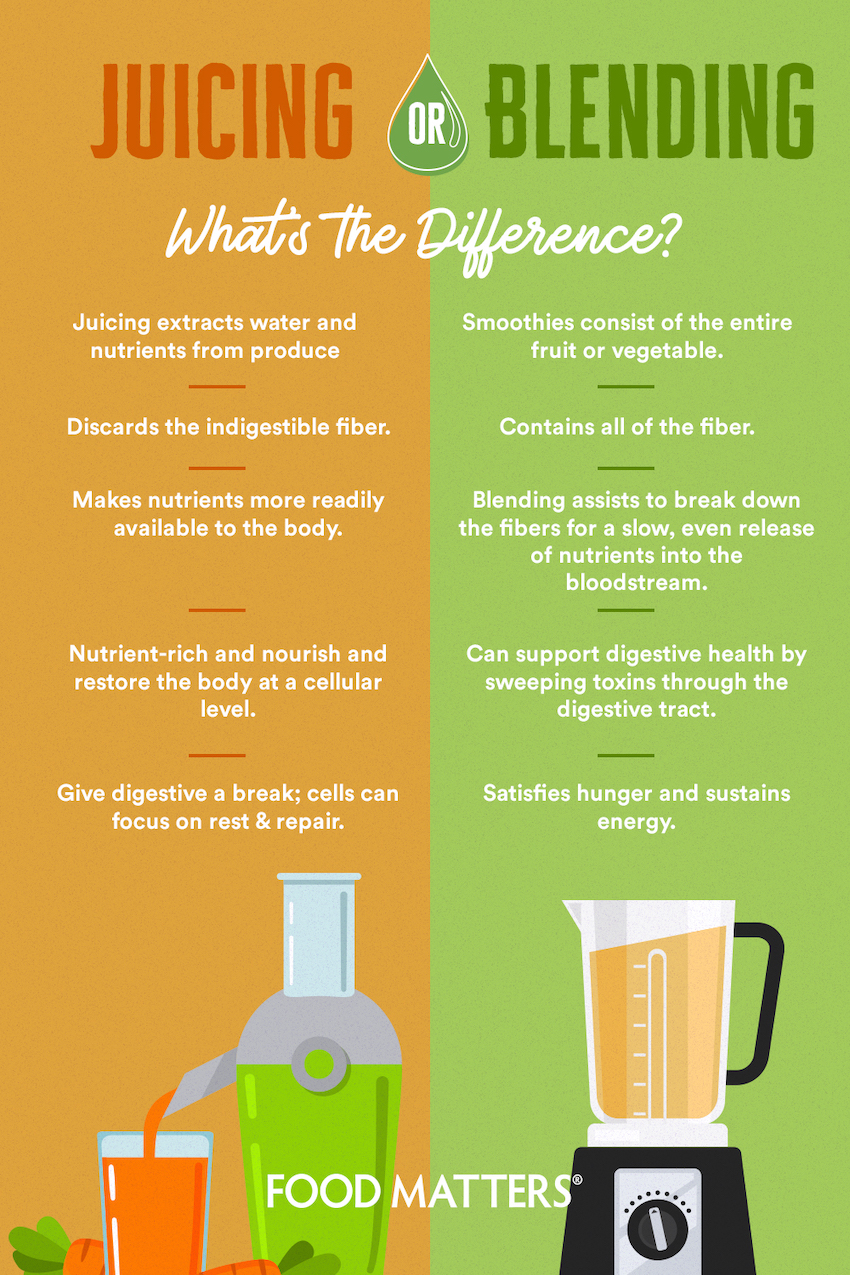
Using The Right Equipment
To get the most benefit from your juices and smoothies, it’s important to use the right equipment.Invest in a good-quality juicer. Cheaper, centrifugal juicers introduce heat and oxygen and destroy the enzymes and nutrients in your fruits and vegetables. While it may cost you a bit more initially, a premium cold-press juicer will produce a superior-quality juice and allow you to extract more from your fruit and vegetables, saving expenses in the long term.
The machines themselves will also generally last longer. In contrast to the rough extraction of centrifugal juicers, mastication or cold-press juicers compress fruit and vegetables to ‘squeeze’ out their juice.
The same goes for a blender. You want a blender that is gentle on your produce and doesn’t heat up the enzymes as it’s pulling apart the fibers. We spend money on gadgets, clothes, restaurants, and other luxuries so, if you can afford it, investing in your health by buying a quality juicer or blender is totally worth it.
We've tested more than 10 different juicers and blenders over the years, so we've put together a Juicer Buying Guide and a Blender Buying Guide to help learn about the different types available.







